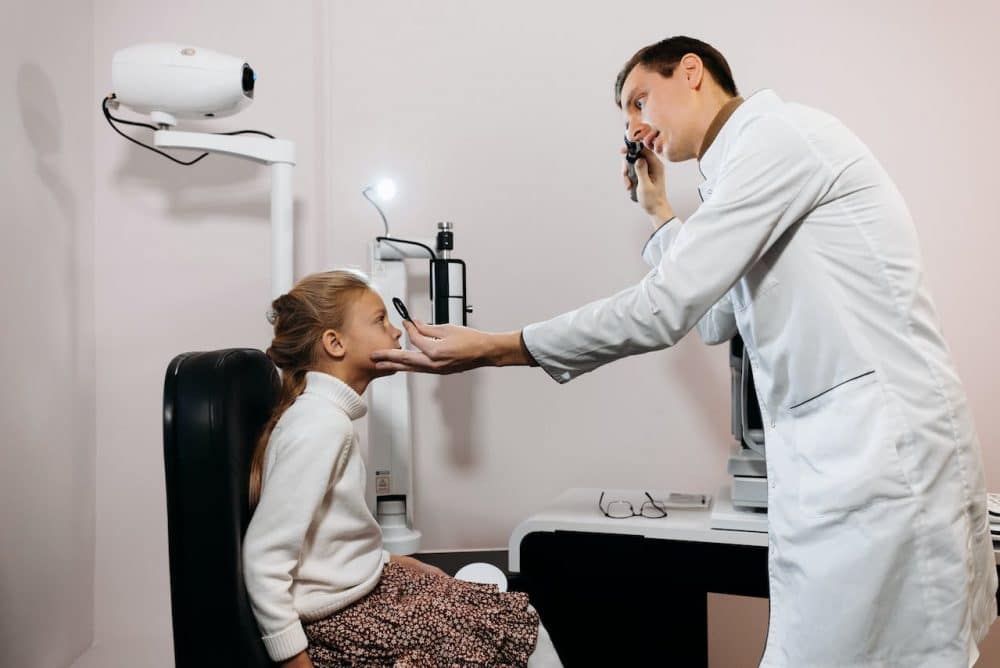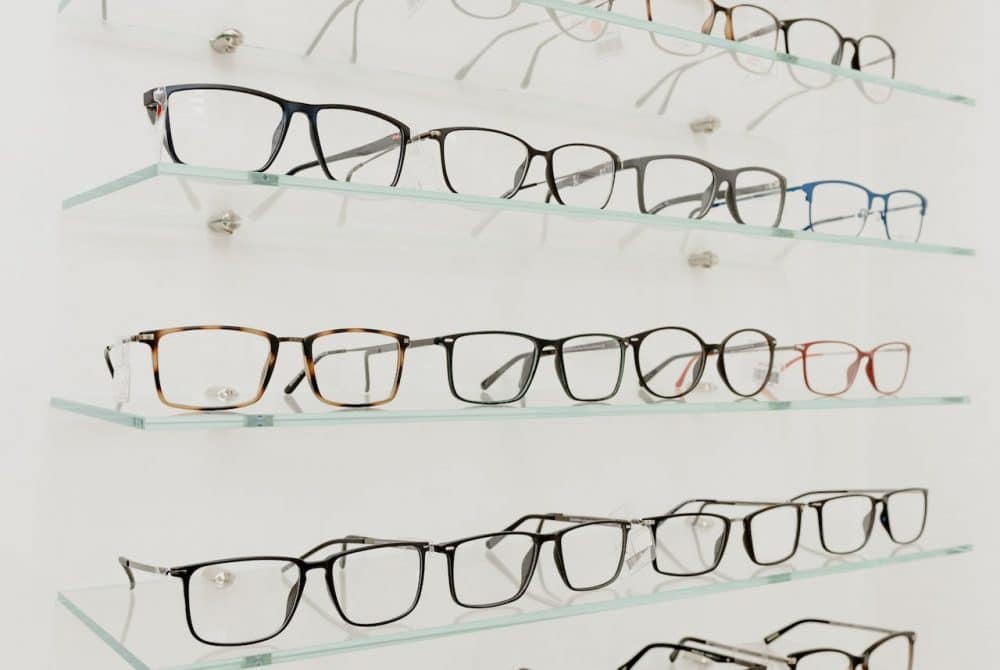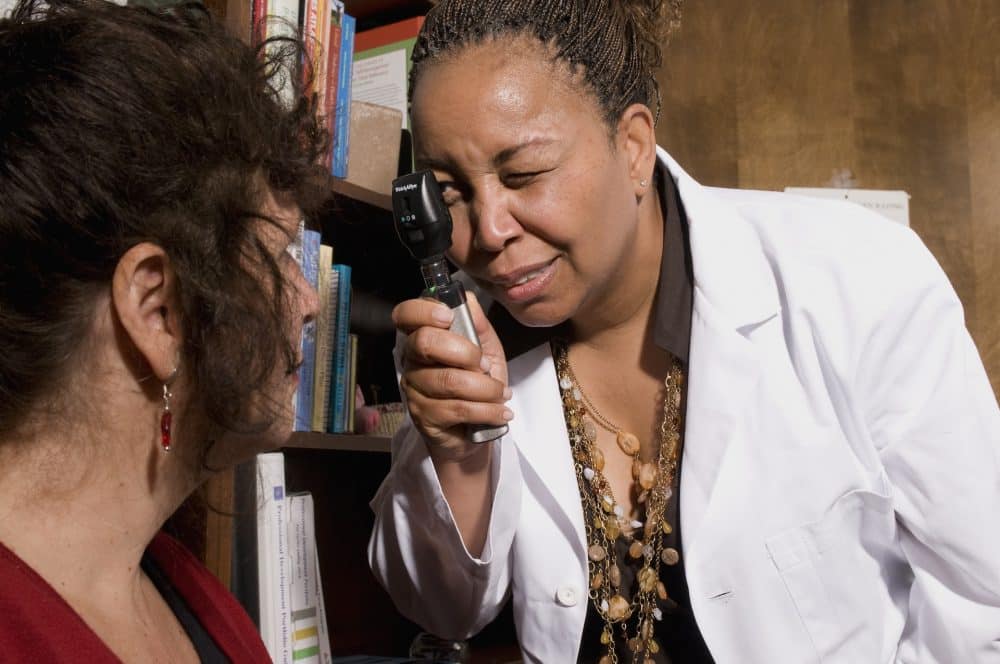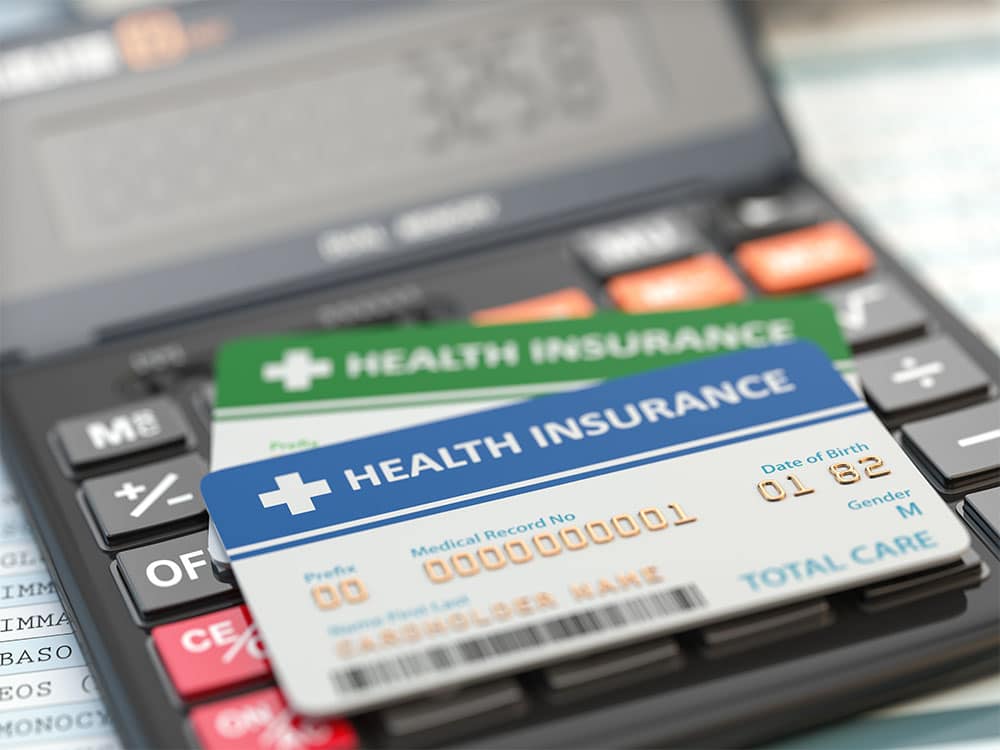
Uncover the Real Eye Exam Cost Without Insurance: An Essential Guide for Savvy Patients

Did you know that a simple eye exam can reveal vital information about your overall health? Whether you’re self-employed or navigating the complexities of the health insurance marketplace, understanding the real eye exam cost without insurance is essential. This guide will help you make informed decisions about your eye care needs and teach you ways to save money on eye exams without compromising quality care. With Selfgood.com’s Hospital Shield, you can have greater control and peace of mind. Take charge of your eye health and financial security today!
Key Takeaways
-
Understand the costs associated with different types of eye exams to make informed decisions.
-
Consider retail chains and private practices for price comparison and additional costs such as follow-up appointments or eyewear purchases.
-
Explore discount programs and free resources.
-
Prepare for an exam beforehand to save money on eye care without insurance.
Understanding Real Eye Exam Cost Without Insurance

Eye examination prices can vary greatly depending on the region, type of exam, and your chosen provider. Depending on their access to health insurance with coverage for ocular care or not, some individuals may need to pay fees out-of-pocket rather than having them taken care of by an insurer. Knowing about different kinds of vision tests, such as regular visual assessments, contact lens fitting procedures and full exams, is essential when figuring expenses without medical aid included in the overall cost plus Payment demands like frames and prescription lenses, among other sight-related items, must also be kept in mind beforehand.
For ideas on how to save money while maintaining high-quality services, we thoroughly explain the costs of eye examinations. At Selfgood, we advise you on how to save money on your visit while getting the high-quality healthcare services you deserve.
Types of Eye Exams and Their Costs
Three primary types of eye examinations are available:
- Routine vision tests,
- Contact lens fittings, and
- Comprehensive evaluations.
All these have different purposes and related charges as well. Subsections will explain the peculiarities of each exam along with their prices.
Routine Vision Test
According to the Affordable Care Act, regular vision tests are essential to health care. The exam covers various services:
- Measure visual acuity
- Screen for ocular diseases
- Update eyeglasses or contact lens prescriptions
These exams cost between $50-200, with most people paying around $95 on average. Refraction testing may also be used during routine eye examinations to determine whether glasses need adjusting. Additional testing costs can vary depending on your location and other factors related to your service coverage plan.
Contact Lens Fitting
For anyone wanting to wear contact lenses, a fitting is essential. It begins with an extensive eye exam that measures visual acuity and monitors ocular health before specific tests are performed to determine which type of contacts work best for the wearer’s eyes. Prices can vary depending on where it’s done and what kind of lens- from as low as $25 up to $250. Your contacts must fit properly so you don’t experience any discomfort. Improper placement or inadequate comfort could lead to corneal abrasion dryness or even potentially dangerous complications such as glaucoma and cataracts if not taken care of promptly.
Comprehensive Eye Examination
A comprehensive eye exam is essential to maintaining good vision and can help prevent long-term problems. The cost for these exams usually ranges from $50-$200 depending on location and the type of services included. Such examinations should be done every one to two years.
Regular eye exams accomplish the following:
- Evaluate visual acuity,
- Review your medical history,
- Measure different levels of clarity, and
- Screen for common ocular diseases such as glaucoma or macular degeneration.
Comprehensive eye exams allow for timely intervention when needed. All this ensures that any potential issues with your eyesight can be identified early. It should also mean that any issue will be addressed appropriately before more severe complications arise.
Price Comparison: Retail Chains vs. Private Practices

It’s not just a matter of comparing between two prices. You must also look at what options are included in the pricing for your eye exam. For example, retail chains and private practices offer different options when looking for an eye exam. Retail stores will provide lower-priced services ranging from $50-250 without insurance, while a private practice may charge $75-200 with or without coverage.
The benefits of going through a store include cost-effectiveness, location convenience, and eyewear selection. They typically do not give personalized care or specialized testing that you could find at private clinics. In contrast, the latter option provides continuity and more reliable care but often higher prices and less availability regarding eyeglasses choices.
Ultimately, which type would best suit your needs depends on factors like budget, desired level of personal attention given during exams, and effects on overall ocular health, which are all crucial components worth considering before making the decision.
Additional Costs to Consider – Real Eye Exam Cost Without Insurance

When making arrangements for an eye exam, you should remember there may be extra expenses associated with the visit.
- Specialized tests could cost up to $200.
- Prescription glasses usually range between $100 and $300.
- You might have to pay around $50-250 for follow-up appointments.
- The typical fee is $95 without insurance coverage.
Plan to ensure you can make sound financial decisions regarding their vision care needs. You don’t want to be surprised by unexpected bills or costly additional services beyond what you initially expected or budgeted for.
Saving Money on Real Eye Exam Cost Without Insurance

It’s possible to save money on eye exams, even if you don’t have insurance. We’ll look at discount programs, coupons, and free or low-cost options to help lessen the cost of a quality exam without compromising care.
Discount Programs and Coupons
If you’re not currently signed up for a health insurance plan, several discount programs provide discounts on eye exams and vision-related services. This includes AAA, AARP, AMAC, Costco, and Sam’s Club, all with different terms for their offers. So, it is essential to review each program carefully to ensure you get the most out of them. Many online stores or centers offer promotional codes that can reduce costs significantly if used correctly while giving access to quality eye care.
Free and Low-Cost Eye Care Resources
Those who lack insurance may still be able to receive eye care at no or low cost. Organizations like EyeCare America, Vision to Learn, and EyeCare 4 Kids provide exams and eyeglasses based on income requirements. Community clinics, university health centers, and nonprofit foundations provide free or cheap vision services. The National Institute of Health offers helpful guidance in getting these resources like affordable eyesight check-ups and cataract surgeries with reduced costs for those in need online, too! People can get quality eye treatment even without reliable insurance coverage with all the available options.
How to Prepare for Real Eye Exam Cost Without Insurance
Preparing for an eye exam is essential to ensure a smooth and accurate assessment of your vision and overall eye health. Here are some tips to help you get ready for your appointment:
- Gather important information: Before your eye appointment, gather specific details about your medical conditions and medications. This information is vital as it can impact your eyesight and help your eye doctor diagnose more accurately.
- Arrive early: You should arrive at least 15 minutes earlier than your scheduled appointment time. If required, this will give you enough time to complete any necessary paperwork and prepare for additional procedures, such as dilation.
- Remove contact lenses: If you regularly wear contact lenses, remove them at least two hours before your eye exam. Wearing contact lenses during the testing process can compromise the accuracy of the results and prolong the examination time. Remember to bring both your contacts and glasses with you to the appointment.
- Plan your concerns: Take time to think about any concerns or questions you may have for your eye doctor. Please make a list of these concerns, prioritize them, and bring the list with you. This will help ensure that all your questions are addressed during the appointment.
- Consider bringing support: If you feel more comfortable, consider bringing a family member or friend. They can provide moral support and help remember important information discussed during the appointment.
- Stay updated on your health: Inform your eye doctor about any recent changes in your health, especially if they may affect your eyes or vision. This includes changes in medication, medical conditions, or any recent surgeries.
By following these tips, you can be well-prepared for your eye exam and make the most out of your appointment. Remember, being proactive in managing your eye health and addressing any concerns you may have is essential. Ask questions or voice any concerns during the examination.
The Importance of Regular Eye Exams
It is highly imperative to have frequent eye exams as they can help detect potential vision issues and point toward other medical conditions. Adults should receive an exam every two years, while those 65 and above must be examined annually. Such check-ups are capable of uncovering diseases such as glaucoma, diabetic retinopathy, and cataracts that could later cause significant problems if left undetected or untreated for too long.
To these health threats detected by regular eye care services, older adults may Discover a higher risk factor for diabetes, high blood pressure, or even cancer during their visits. Getting your eyes checked out periodically offers more advantages than one might think. It helps keep our sight intact and promotes overall well-being simultaneously!
Navigating Health Care Services
Researching health insurance options and understanding eye exam costs is crucial for locating the right eye care services to meet your needs without insurance. As a self-employed person, you can search for private health plans, including short-term or children’s health coverage, through HealthCare.gov, a federal government marketplace.
During open enrollment, you can compare the different types of healthcare policies. Then, purchase one that suits their budget while providing essential benefits like adequate medical cover along with eligibility for premium tax credits. Investing time researching these options may help you find an ideal plan per individual preferences & financial constraints.
Summary
To ensure you don’t break the bank while keeping your eyes healthy, it is essential to understand how much an eye exam can cost without insurance. Research all different types of exams and their fees when comparing retail chains against private practices. To take advantage of discount programs or low-cost options that are available. Investing money into regular examinations is a way for you to guarantee good vision health in the long run.
Frequently Asked Questions
How much are America’s Best eye exams without insurance?
Best offers eye exams at an affordable cost of $59 without needing insurance.
How do you get glasses when you have no money?
For individuals who cannot afford it, organizations such as the Lions Club and New Eyes for the Needy provide financial aid when covering eye care costs by giving out prescription eyeglasses. Mission Cataract USA is available to give complimentary cataract operations if needed.
Which insurance is best for the self-employed?
For self-employed individuals, the federal government’s health insurance marketplace (HealthCare.gov) offers Affordable Care Act (ACA) insurance policies, Medicaid, and Consolidated Omnibus Budget Reconciliation Act (COBRA) coverage from top-rated companies like UnitedHealthcare, Blue Cross Blue Shield, and Aetna.
The best option is typically a Bronze or Silver plan, which varies in cost based on income.
How often should I have a comprehensive eye exam?
It is suggested that people receive comprehensive eye exams every twelve to twenty-four months. It’s strongly recommended for those over 65 years old to have an exam annually.
What’s Next: Uncover the Real Eye Exam Cost Without Insurance
We hope you found our guide on eye care needs informative and helpful. Taking care of your eyes is essential, and with Selfgood.com’s Hospital Shield, you can have peace of mind and greater control over your eye health. By following the tips in our blog post, you can make informed decisions about your eye care needs and learn ways to save money on eye exams without compromising quality care. Don’t wait any longer to take charge of your eye health and financial security. Visit Selfgood.com today to discover how Hospital Shield can provide you the protection you need.





